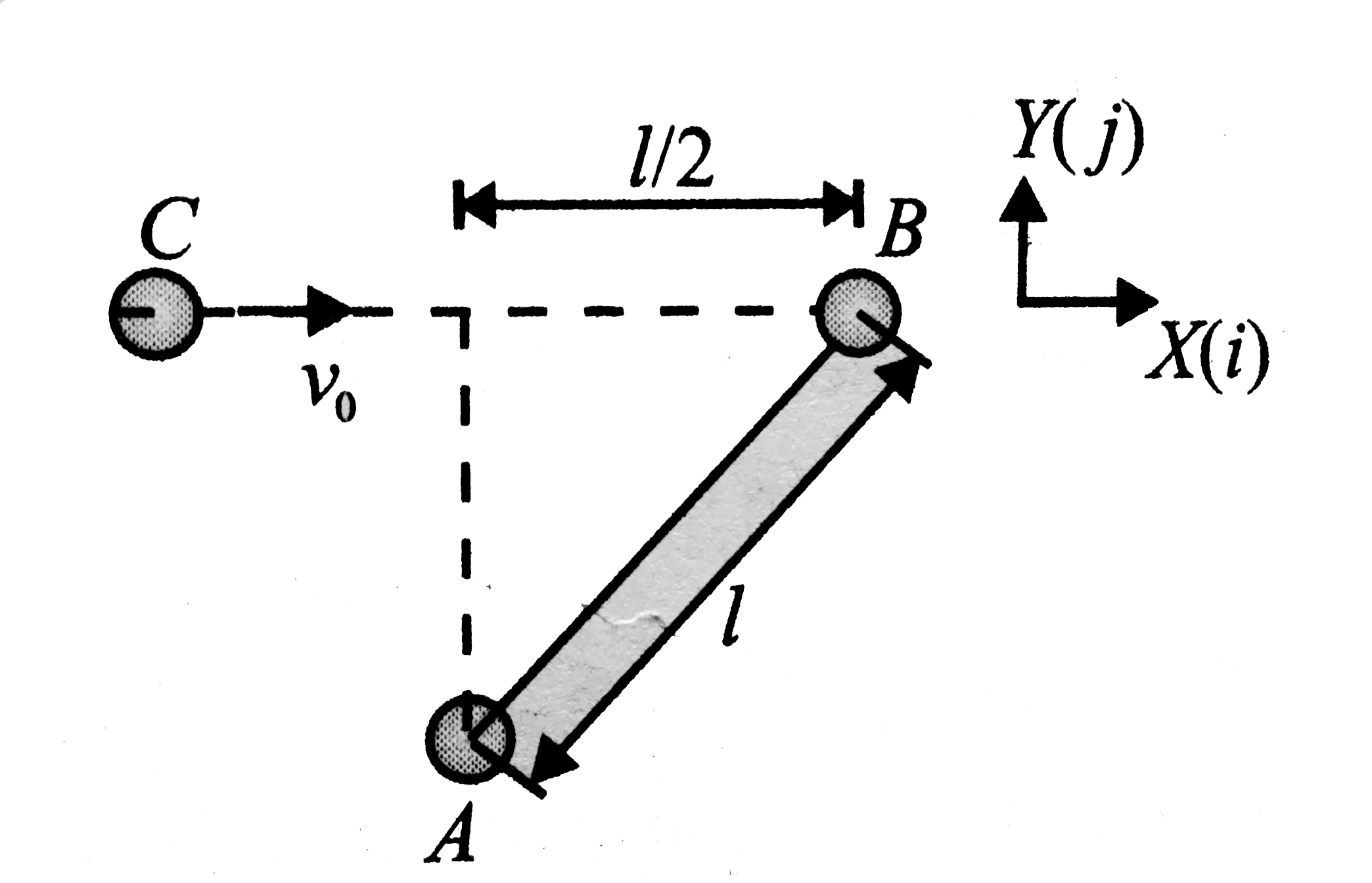A
B
C
D
Text Solution
Verified by Experts
The correct Answer is:
Topper's Solved these Questions
CENTRE OF MASS
CENGAGE PHYSICS|Exercise Integer|16 VideosCENTRE OF MASS
CENGAGE PHYSICS|Exercise Fill In The Blanks|2 VideosCENTRE OF MASS
CENGAGE PHYSICS|Exercise Assertion - Reasoning|2 VideosCALORIMETRY
CENGAGE PHYSICS|Exercise Solved Example|13 VideosDIMENSIONS & MEASUREMENT
CENGAGE PHYSICS|Exercise Integer|2 Videos
Similar Questions
Explore conceptually related problems
Knowledge Check
A
B
C
D
A
B
C
D
A
B
C
D
CENGAGE PHYSICS-CENTRE OF MASS-Linked Comprehension
- Three spheres, each of mass m, can slide freely on a frictionless, hor...
Text Solution
|
- Three spheres, each of mass m, can slide freely on a frictionless, hor...
Text Solution
|
- Three spheres, each of mass m, can slide freely on a frictionless, hor...
Text Solution
|
- Three spheres, each of mass m, can slide freely on a frictionless, hor...
Text Solution
|
- Collision is a physical process in which two or more objects, either p...
Text Solution
|
- Collision is a physical process in which two or more objects, either p...
Text Solution
|
- Collision is a physical process in which two or more objects, either p...
Text Solution
|
- Collision is a physical process in which two or more objects, either p...
Text Solution
|
- Collision is a physical process in which two or more objects, either p...
Text Solution
|
- According to the principle of conservation of linear momentum if the e...
Text Solution
|
- According to the principle of conservation of linear momentum if the e...
Text Solution
|
- According to the principle of conservation of linear momentum if the e...
Text Solution
|
- Two identical balls A and B. each of mass 2 kg and radius R, are suspe...
Text Solution
|
- Two identical balls A and B. each of mass 2 kg and radius R, are suspe...
Text Solution
|
- Two identical balls A and B. each of mass 2 kg and radius R, are suspe...
Text Solution
|
- After falling from rest through a height h, a body of mass m begins to...
Text Solution
|
- After falling from rest through a height h, a body of mass m begins to...
Text Solution
|
- Three identical balls are connected by light inextensible strings with...
Text Solution
|
- Three identical balls are connected by light inextensible strings with...
Text Solution
|
- Three identical balls are connected by light inextensible strings with...
Text Solution
|
 Velocity of `A` immediately after collision is along unit vector
Velocity of `A` immediately after collision is along unit vector